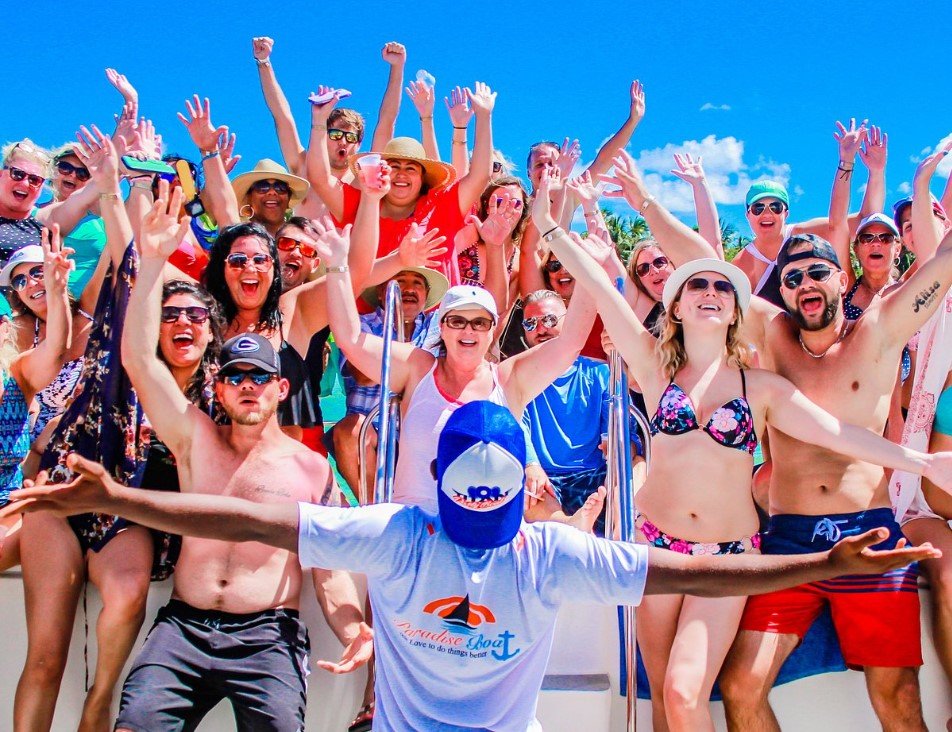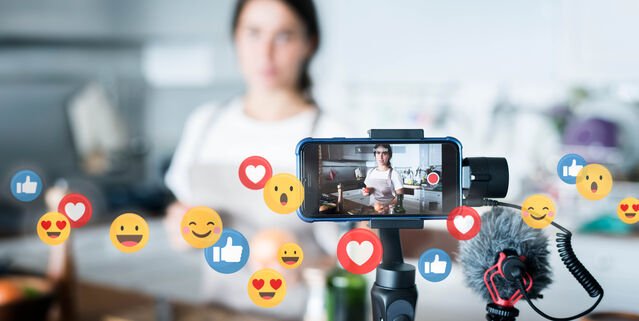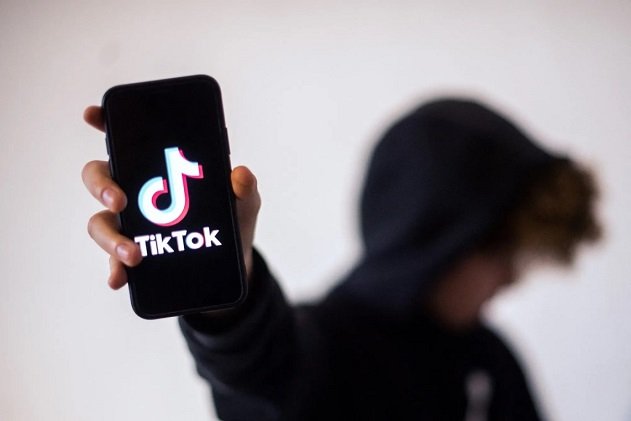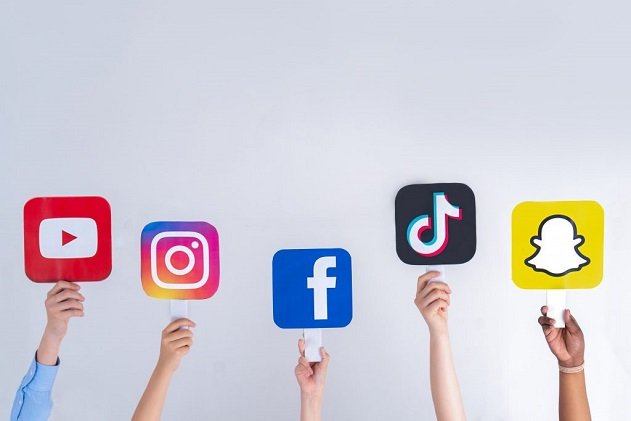From illegal stunts to public meltdowns that will amaze the audience, the Influencers Gone Wild of today are always testing the limits in the name of content. But how far can the pursuit for followers and likes go to become downright dangerous and even criminal? Influencer scandals have become the hallmark of the era of the internet.

What was previously identified as scandalous activity has now become one more news headline, as digital makers become viral no longer for what they create, but for what they stir.
The “influencers gone wild” means those moments when social media personalities forget about some basic ethics or even break the law just to be seen. These situations vary from stupid pranks that have gone too far to incidents actually leading to animal abuse or racial slur or even staged crashes of planes.
Investigating reports by online reputation research firms, cases of influencer backlash rose by close to 40% in 2023 alone, which only reflects just how normal this outrageous behavior has become. As the creators are scrambling for a remaining part in this saturated market, the distinction between entertainment and endangerment is getting blurred very fast.
The 5 Craziest Influencer Meltdowns of All Time in Recent Memory
One of the jaw-dropping cases of recent times involved the YouTube Tasha K, who got into the headlines for creating a scene in a luxurious Gucci store. A viral video showed her berating the staff and calling them racially profiler, and ended up tossing luxury items around in a shop in a frenzy.
The footage quickly spread around instagram and tiktok and spawned heated discussions about race, customer service, and entitlement. Not so fortunately for Tasha, the incident did not only do damage to her reputation, it also resulted in legal action from Gucci, and multiple lost brand deals, that were allegedly worth thousands of dollars a pop.
In another bad case, content creator Tanner Cook went to the extreme of seeking clout by simulating his kidnap in a local mall. The “prank” led to mass panic, actual calling of 911 and finally an arrest. What Tanner intended to do was to deliver a viral moment, but what he ended up doing was being charged with crime for inciting public fear and misutilization emergency resources.
The prank, pulled down in a few moments, is still being spread around as a lesson on how one can go too far and become a criminal instead of just having a joke.
Influencer Scandals Gone Wild: When Fame Turns into Infamy
The recent activity of animal abuse also gained attention when Brooke Houts uploaded unedited footage where she is seen treating her pet dog badly in a YouTube video but with the wrong video.
The internet exploded with anger and within hours, she was under the scanner by animal welfare authorities. Pet brands that had been working with her in the past abruptly dissolved all agreements with her, and she lost hundreds of thousands of subscribers in a few days. Although she had apologized, her reputation never recovered.
Similarly shocking was the case of Trevor Jacob who is a former Olympian and a YouTuber who hanged himself from a plane by jumping out mid-flight with a camera in his hand. He said it was an emergency landing, but it did not take long for the investigators to decide it was all staged for views anyway.
His pilot’s license was suspended and charges were brought on by the federal, and.
The price was heavy – a career-killing scandal and possible prison term for millions of views.Then, of course, there is Logan Paul. His controversial visit to Japan in 2018, when he shot videos in the Aokigahara forest and laughed by a body of a dead person, triggered global condemnation. He also used to disregard local traditions, threw Pokémon balls at strangers, and caused disorder in public places.
Although Logan has since tried to do some good and redeem himself, the story is still one of the most famous cases of influencer irresponsibility.
Why Influencers Gone Wild: The Psychology of Online Fame

A more hidden reason behind every controversial video lies on a psychological background and perpetual pressure of society. A majority of the Influencers Gone Wild are victims of what experts refer to as “clout addiction”- a constant need for validation in the form of likes, views, and shares.
Extreme content on social media sites will get a lot of attention and this encourages a vicious cycle. For an influencer when they see that videos are doing better when they are shocking, then he will want to do that even more next time.
Another factor is desensitization. The more somebody is allowed to publish risky or offensive content, the further they tend to go. With no-one on hand to rein them in – no bosses, legal departments, or PR reps – these creators can basically operate in a vacuum of nobody checking their worst ideas. Without a set of rules terrorism is the brand.
Algorithm pressure also has a massive role to play. TikTok, YouTube, Instagram market such content that is emotionally charged, controversial, or crazy. The more a video blows your mind, the more you are going to get involved and the platform encourages that involvement by making it go viral. This sets up the atmosphere of ignoring the safe content and making dangerous behavior the norm.
Finally, the absence of any form of regulation in the influencer sphere simply allows for the wild behavior to thrive. Unlike celebrities of Hollywood, who have teams of lawyers to contend with, and who have to answer to image management teams, the Influencers Gone Wild are usually freelancers and are free from any kind of oversight. Such freedom can, very easily, become reckless.
The Fallout: So What Happens When the Viral Fame Ends?

The fallout from the aftermath of an influencer scandal is damn brutal. Brands are moving in speed to safeguard their image and one mistake can lead to total breakdown of an influencer’s source of revenue. For instance, if an influencer gets paid $10,000 per brand and receives no less than 5 fewer deals in a week, this means a loss for $50,000 in a month or half a million in a year. Such financial blow cannot be spared by numbers of followers.
The question of punishment is another of the significant threats. Many of these tricks have real charges: public complaint, animal mistreatment, fraud, or even federal crimes for staged emergencies. Arrests, their cases in courts and probation are not so uncommon outcomes for Influencers Gone Wild who push things too far.
Apart from that, there are platforms such as YouTube and TikTok that are now actively deplatforming creators that consistently break the community guidelines. Even if an influencer has people who will watch him on a regular basis, the loss of opportunities for monetization can kill their career. Others adverse effects include bans and restriction of reach as well as account suspensions.
Responses of Platforms and Brands

As a way of batting the scourge of influencer scandals, brands have begun including morality clauses in their contracts. These clauses enable companies to end deals immediately if an influencer is exposed to illegal and unethical activities. This is a legal protection to the brands that calls for responsible behavior from Influencers Gone Wild.
Social media has also been stricter with their rules. TikTok, for example, now automatically finds hate speech, violent content, and prank videos that imitate the illegal activity. The new guidelines of Instagram prioritize the community’s safety and the wellbeing of the population with stricter punishments for those who went too far.
Cancel culture, for worse or better, has also been made a tool for accountability. Although it is often criticised to be too tough, it had made a lot of Influencers Gone Wild hesitate to publish such problematic content. The danger of being “canceled” is just a fact of any influencer’s business calculation.
Conclusion
If a vlogger fails to go viral in the content-driven world of today, it would end up breaking him or her. The long-term effects – PR trouble, cancelled sponsorship deals, negative red-rings forever – are usually worse than the moments of MTV shocker glory.
Some Influencers Gone Wild recover, while many of them come to a stop as they cannot restore what they have lost. The internet doesn’t forget and in the era of the screenshots, and re-uploads one “wild moment“ can ruin your entire career.
FAQs
1. What is the reason why Influencers Gone Wild are always involved in scandals?
There is much pressure on Influencers Gone Wild to post shocking contents for more views, likes, and engagement. The algorithm of social media encourages the extremity of behavior, and it may make them go over the line of moral or even law.
2. Can Influencers Gone Wild face jail term for viral stunts?
Yes. If the stunt violates the law – such as fake crime, hurt the animals, public order – they can receive fines, arrest, and even jail.
3. What do brands do if an influencer is canceled?
Most brands will soon distance themselves as ways of preserving their image. Influencer contracts are now coming with morality clauses that will allow brands to terminate the contract as a result of bad behavior.
4. Is it possible for canceled influencers to come back?
Some do, especially if they demonstrate remorse and make a step to changing for the better. The remaining ones, however, lose trust and followers forever.
5. How are Influencers Gone Wild able to prevent overshooting?
Influencers Gone Wild can build a wider audience without jeopardising their careers by setting personal boundaries, learning platform rules, avoiding harmful content and working for positive engagement.